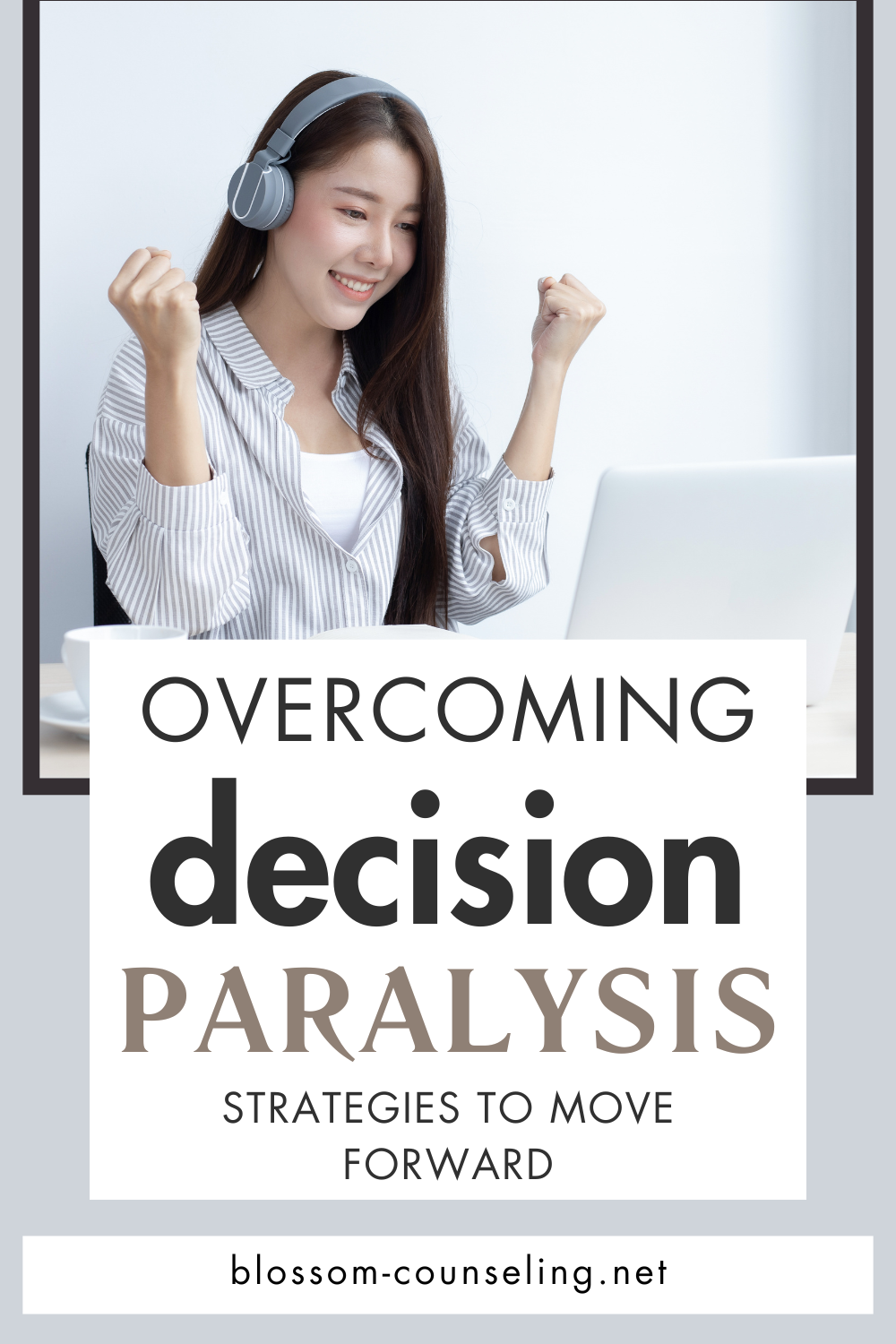
Ever found yourself standing in the cereal aisle, utterly overwhelmed by the choices between frosted flakes, bran, or something that promises to turn your milk into a chocolaty paradise? That, my friends, is a classic case of decision paralysis in the wild— a phenomenon not just limited to breakfast choices but one that can sneak into more significant areas of our lives, impacting everything from personal to professional decisions.
Decision paralysis occurs when we are faced with too many options or when the fear of making the wrong choice outweighs the possibility of making any choice at all. It’s like being a deer caught in headlights, except the headlights are our own swirling thoughts of “What if?” and “But then…”.
Why Does Decision Paralysis Happen?
Understanding the roots of decision paralysis can be as complex as deciding whether to hit snooze on your alarm clock for the fifth time. At its core, it often stems from a fear of making a mistake, a desire for perfection, or an overwhelming number of choices that leave our mental circuits overloaded.
In our quest for the best possible outcome, we sometimes end up spiraling into an endless loop of pros and cons that makes it hard to move forward. It’s as if our brain is a browser with too many tabs open, eventually slowing down and struggling to function.
Strategies to Tackle Decision Paralysis
1. Embrace “Good Enough”
Perfection is an illusion. Adopting a “good enough” approach can liberate you from the clutches of overanalysis. It’s about finding a balance between ideal choices and practical outcomes. Remember, often the best choice is simply to make a choice.
2. Limit Your Options
Too many choices can be a bad thing. Try narrowing down your options to a manageable few. Whether it’s deciding on a meal at a restaurant or choosing your next book to read, limiting your choices can significantly reduce the stress of deciding.
3. Set a Deadline
Give yourself a realistic timeframe to make a decision. This can help cut down the endless pondering and push you towards action. Think of it as putting a timer on your indecision, encouraging you to decide before the buzzer goes off.
4. Consult, But Don’t Crowdsource
While it’s wise to seek advice, too many opinions can add to the confusion. Consult a trusted few who understand your context and can offer insightful advice, rather than casting a wide net that brings too many fish—and potentially sharks—into your decision-making boat.
5. Accept the Role of Mistakes
Mistakes are not just missteps; they’re stepping stones to learning and growth. Embracing the possibility of error can ease the pressure of decision-making. After all, every decision is a chance to learn, whether it turns out as expected or takes you on an unexpected journey.
Life Beyond Decision Paralysis
Moving beyond decision paralysis doesn’t mean you’ll never face it again, but rather that you’re equipped with the strategies to tackle it head-on. It’s about acknowledging the bumps in the road while still enjoying the drive—knowing that sometimes, the scenic route, with all its twists and turns, can lead to the most beautiful destinations.
In a world where we’re often encouraged to have it all figured out, it’s okay to take a step back, breathe, and remind ourselves that it’s okay not to have all the answers. Sometimes, the beauty lies in the journey of figuring it out, one decision at a time.
|
|


